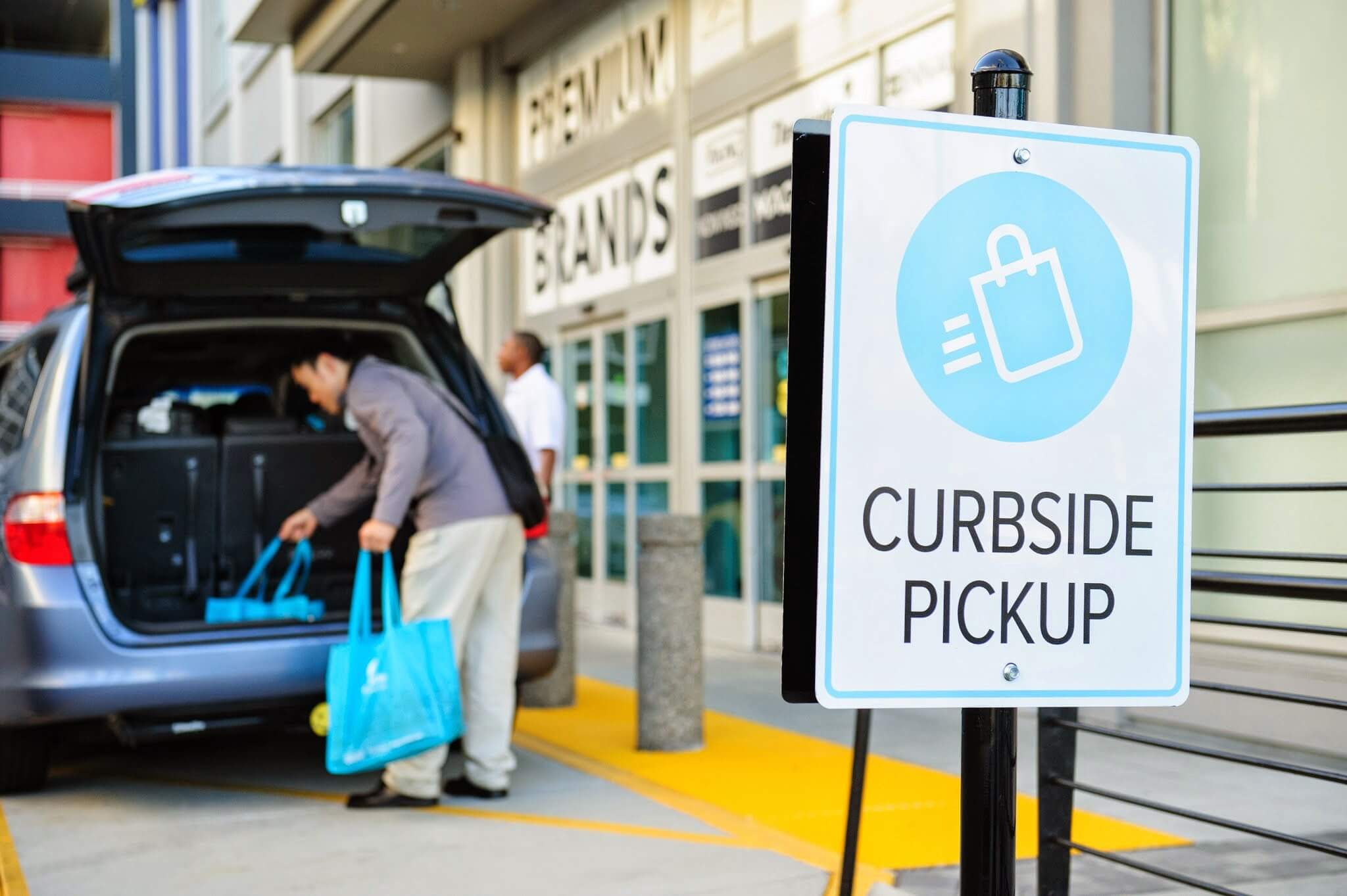New data on consumer and economic behavior projections

It’s the question we are continually asked by businesses and consumers: “when will this all be over?”. We have to consistently remind people that the prognostications about the end of COVID have been largely wrong. So, take all the information we are about to provide with a block of salt. Vaccines get delayed, consumers react strangely to different types of economic pressures, and human beings need for interaction and normalcy can sometimes overwhelm evidence.
With that said, there are three types of forecasts that businesses and the public are generally interested in: what is the economic forecast, when will consumers feel safe interacting in a traditional manner, and what is the local market thinking?
Our best guess is that the macro economy from a retail/service perspective should start to approximate normalcy sometime in the late first/early second quarter. The rebound won’t happen all at once, and some segments of our regional demographics will probably take longer than others to reintegrate themselves into traditional economic patterns. This all assumes that treatments/vaccines are both available and effective sometime in the first part of 2021.
Market reactions for local economies often emulate a “feather and anvil” movement. When things drop, they can drop quickly (anvil), and when they rise, they take a softer approach over time (feather). When things turn, businesses will need to make upfront investments to ensure that they capture (or recapture) market share. This poses a difficult prospect for many small businesses, because a recovery start point may be hard to spot, and reinvestment dollars may be scarce.
Telling the future isn’t exactly easy, especially when we are dealing with so many unknown factors. Your internal traffic and sales data will probably give you a clearer picture of recovery within your business categorical type than prognosticators can provide. Emporia Main Street will continue to record consumer preference changes in roughly six week intervals to help determine any substantial market changes, and we will report those market changes to you.
From a local data perspective the fourth iteration of our Consumer Preferences survey didn’t see a lot of change in behavior, with the exception of three areas: consumers are ordering more online, they are ordering more groceries for delivery, and they are becoming more comfortable with outdoor activities.
Those changes should encourage businesses to focus on the ease of ordering through their local websites and social media channels for the holiday months. Push channels that consumers are comfortable with to enhance your holiday sales. Outdoor activity comfort levels will fluctuate with viral loads in the local area, so I’m not sure we should read too much into that quite yet.
For a copy of the most recent consumer preferences survey, CLICK HERE. For a compellation listing of the four consumer surveys executed thus far, please contact Emporia Main Street.